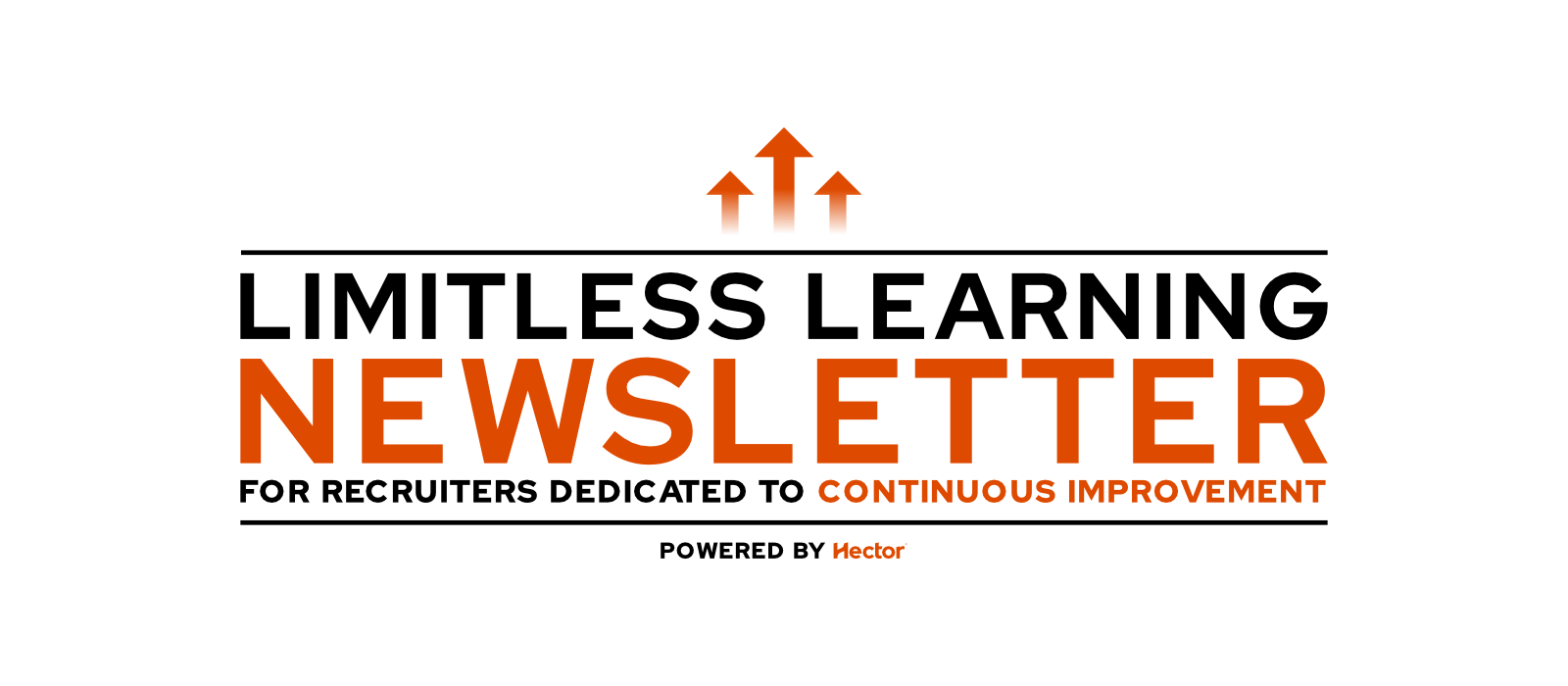How to Nail the Job Briefing Call
Business Development is always a hot topic here at Hector, which is why we wanted to bring you an edition this week all about nailing the job briefing call!
It’s something we haven’t spoken about in that much depth before – but the reality is that if you can nail this (and get it “on the money” every time) you’re going to have a much smoother recruitment process – both for your clients and your candidates.
There are 6 key things to think about:
#1 Ensure that you’ve conducted a stellar Discovery Call
Before any job briefing call, you want to ensure that you’ve conducted a discovery call which enables you to build solid foundations and establish a relationship/next steps with your client.
Your discovery call could be the first, third, or even tenth call with a client – you just need to ensure that you have set yourself up, so the client is aware what will happen on the job briefing call.
Your discovery call should outline the following:
- What their needs are
- The solution(s) that you would propose
- Their experience with agencies/recruiters in the past (objection handling!)
- Timelines
- Budget/rough rates they have worked to in the past
- Next steps for taking a job briefing
- Booked in call
#2 Ensure you’ve got an agenda that is agreed before the call
When taking a job briefing, you want to ensure that an agenda is agreed.
Depending on how senior the role is, you can be taking a briefing for 30-45 minutes, but ideally, you want to ensure that your client is prepped and engaged beforehand so you don’t leave any stone unturned.
Hector’s Basic Agenda Template
- Answer any questions the client has about the briefing before going into your briefing document (stated below)
- Run through the briefing document step by step
- Spend time going through any question marks in the briefing document with a fine toothcomb
- Market insight and interview slots/who is going to be involved
- Booking in check-in calls
Creating a briefing document that you can share
Your briefing document should include the following as a minimum:
- Location
- Salary/rate and bonuses
- Key Responsibilities
- Benefits
- Length of the interview process
- Interview slot times
- Reporting line
- USP/Key selling points of the opportunity
- Progression opportunity
- Team size
- Start date
If you can share this information with the client beforehand (especially if this is a new role they are briefing you on) then the call will be a lot more productive.
Equally, if you can create a “cheat sheet” for yourself as a consultant, you’ll find that your job briefing calls become a lot quicker and a lot more fluid as you have “the basics” covered.
#3 (Try to) Agree exclusivity
In an ideal world, we’d all be working on retained roles with incredible salaries and benefits, but a lot of the time – that isn’t possible.
The least you should try and do is agree exclusivity.
This means that you can accurately represent the client, as well as have a stellar go to market strategy as you won’t be in competition with other agencies.
Agreeing exclusivity creates a partnership model between you and the client.
TIP: Make sure that you only pitch exclusivity on jobs you know you can fill.
#4 Don’t be afraid to re-clarify questions
Whether it’s during the briefing call or afterwards, don’t be afraid to re-clarify points with your client.
A better way of doing this is creating the job brief and emailing it to your client so you have a digital trail of what has been discussed.
#5 Encourage flexibility if the client doesn’t see success
Although as recruiters we have our ears to the ground in the market, you can’t always predict how a role is going to be received.
If you aren’t seeing any success with candidates (whether this is active or passive) then you must encourage your client to be flexible – and this should be established on the job briefing call, for example:
“We should use this brief as a baseline to see the appetite in the market, but, there may be need for flexibility if we don’t see success in [x] amount of time – what could you be flexible on?”
This allows you to establish control as a recruiter (whilst also helping your client) and setting your client up for success
Rather than going back to them with no results at all when you go to market!
It’s important that you lean into giving insights and advice from the get-go, there’s a reason why we are called recruitment “consultants”!
#6 Next steps
Ensuring that you have follow-ups and next steps agreed is key to moving your job briefing call forward and getting interviews secured.
Re-clarify the timings that have been given to you, such as candidate start dates and interview slots.
Block these out in your clients’ diary as a priority and as and when you start to find candidates, you can fill these slots in.
You should also look to have weekly check-in calls with your client pre-agreed so there is commitment from both sides.
As a recruiter, it’s important that you have control just as much as the client does.
You don’t want to be an order taker – so make sure that you are influencing the next steps in the process and that you have client buy-in and commitment the moment you have wrapped up that job briefing call.
Your client wants to feel safe, secure, and supported – so clarifying the next steps is crucial in solidifying that.

